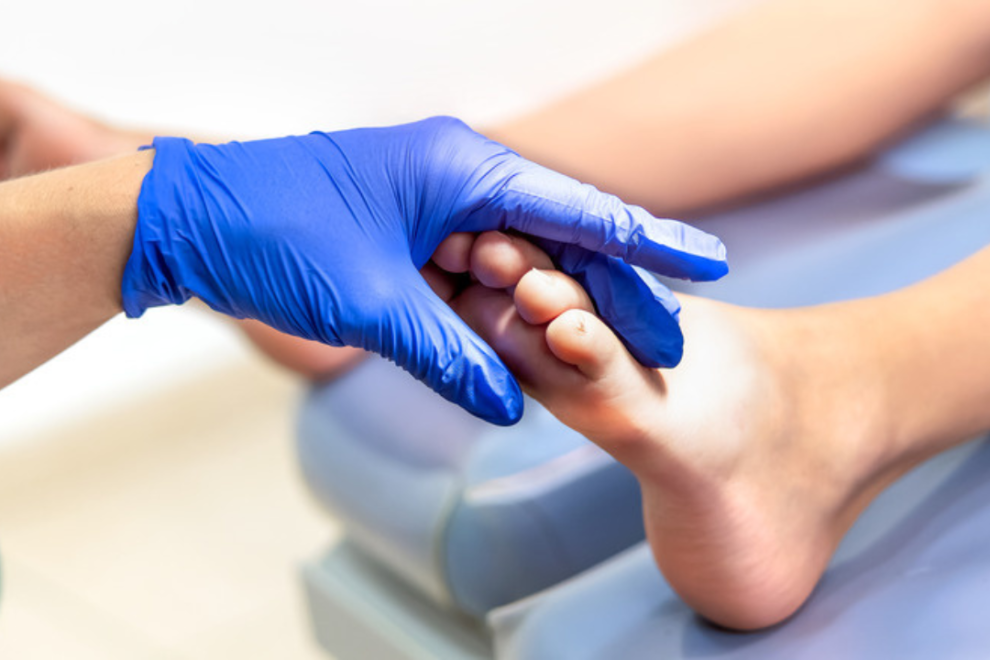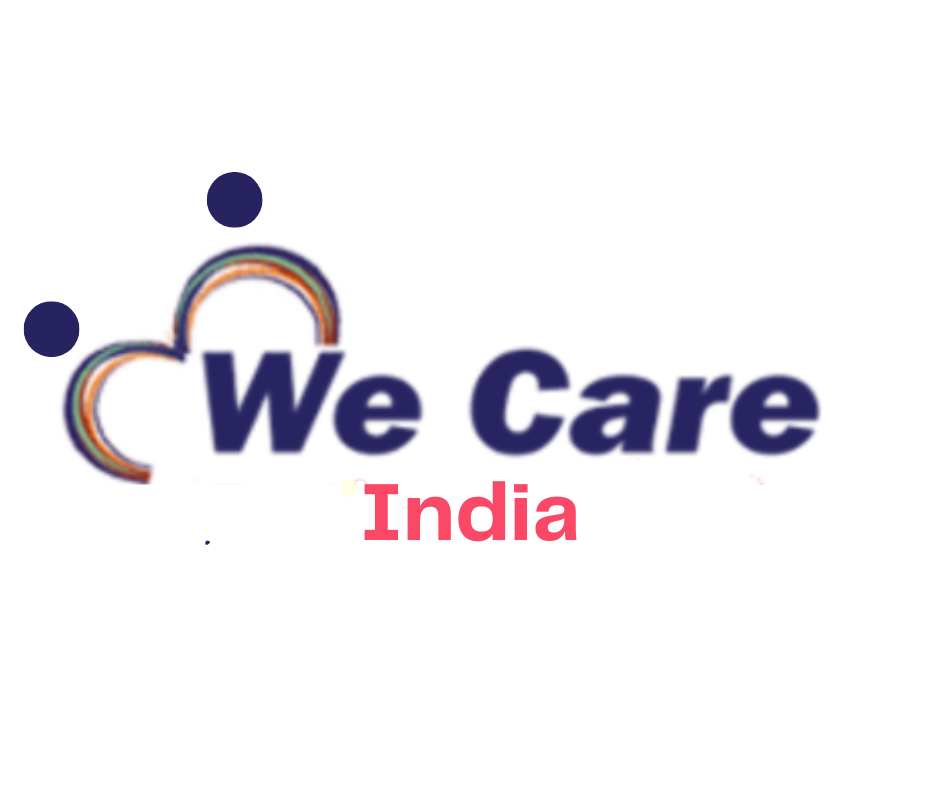Cholesterol Embolism Surgery in India: Expert Care for Vascular Health"


Free Doctor Opinion
What causes it?
Fatty material, called cholesterol, builds up on the walls of the blood vessels. It can sometimes break off spontaneously and travel through the bloodstream. In some cases, the emboli can be released into the bloodstream during vascular surgery; thrombolysis, a procedure used to dissolve or destroy clots in a blood vessel or in a chamber of the heart; or diagnostic procedures such as angiography, a test used to detect a blockage or defect in an artery. It can also occur as a result of treatment with anticoagulants, which prevent blood clotting
What are the symptoms?
Patients with cholesterol emboli may not experience any symptoms until the kidneys are close to complete failure. When the kidneys fail, urine production decreases and toxins and fluids build up in the bloodstream. The excess fluid causes swelling, or edema, usually in the hands, feet, face, and abdomen. The extra fluid also causes the blood pressure to rise. Other symptoms may include nausea, fatigue, confusion, joint pain, reduced urination, blood in the urine, seizures, headaches, itching, and pain in the kidney area. Blockage of a renal artery can cause areas of the kidney tissue to die, called infarction.
Cholesterol embolisms often cause kidney failure, so when a patient presents with renal failure and he or she is at risk of a cholesterol embolism, the doctor may consider an embolism as a possible cause. It can also cause edema, a build-up of fluid in the extremities, and a variety of skin conditions which manifest in the form of splotchy or tender skin as the flow of blood to the skin is obstructed. Cholesterol embolisms have also been known to cause gangrene and a variety of problems with the nervous system and organs.
Treatment for a cholesterol embolism, once one has been diagnosed, typically focuses on mitigating the symptoms. In the case of kidney failure, dialysis may be used to help the failing kidneys. While the clot of cholesterol itself cannot be removed, the results of the clotting can be treated, and the human body is remarkably versatile, when given a chance; ultimately it can re-route its blood supply to address the blockage.
Read Also :-
- Cervical Spine Surgery in India: Expert Care for Neck Pain and Spinal Health
- Chin and Cheek Augmentation in India: Enhance Your Facial Profile
- Sigmoidoscopy Surgery in India: Early Detection and Affordable Care for Colon Health
- Cholecystectomy (Gall Bladder Removal) in India: Safe & Affordable Surgery
- Carotid Endarterectomy in India: Advanced Stroke Prevention Surgery
- Carotid Artery Disease Surgery in India: Prevent Strokes with Advanced Care
Committed To Build Positive, Safe, Patient Focused Care.
High Quality
Care
Home Review
Medicine
All Advanced
Equipment
Book An Appointment

At We Care India, we offer complete medical services for your entire family, from routine check-ups to injury care, ensuring personalized attention and expert assistance for all your health needs.


